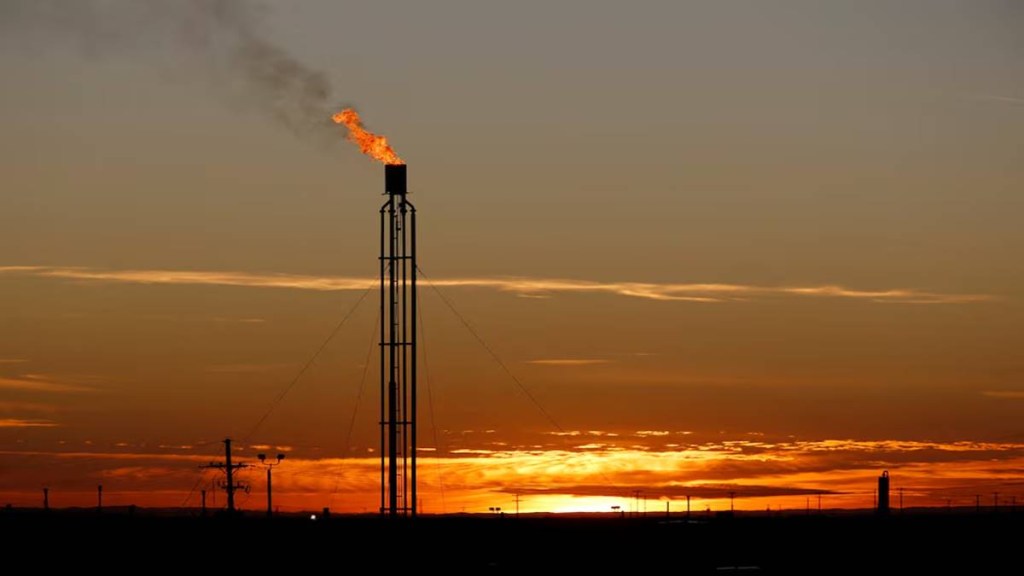Spiraling crude oil prices on the back of escalating tensions between Ukraine and Russia has again caused concerns over the marketing margins of the state-owned oil marketing companies in the beginning of the new financial year 2024-25.
The state owned OMCs have announced retail auto fuel price cuts just last month taking a hit on margins of Rs 1.5 per litre. As crude oil prices hover close to $90 per barrel, OMCs face a threat of under recoveries similar to that incurred in FY23.
If crude prices touch $90 per barrel, then diesel can see heavy under recoveries, marking losses, according to an analysis by ICRA. Petrol, however, is likely to be just about positive, said Prashant Vasisht, Senior Vice President and Co-Head, Corporate Ratings, Icra.
“Currently, the under-recoveries are marginal or there’s break-even for diesel. Petrol sales aren’t loss-making yet, although the margins are low. If crude oil prices continue to rise or remain elevated at $87-$90 per barrel, then under-recoveries could start again and stay through FY25 as in FY23,” said Vasisht.
Nomura had earlier noted that diesel margins of the public downstream companies have declined to below normative levels to Rs 0.9 per litre and gasoline margins have declined to below normative levels of Rs 1.7 per litre after the auto fuel price cut.
Brent crude prices on the Intercontinental Exchange rose to $89 per barrel on Wednesday after Ukraine attacked Russia’s largest oil refineries. Escalating conflict in the Middle East has added to the price concerns. Iran has said that it would retaliate against Israel for an airstrike at its embassy in Damascus killing two of its generals and five military advisors.
“The current geopolitical developments in the Middle East and the conflict in Ukraine are having a particularly strong impact on supply concerns in the oil market, supporting prices,” said Commerzbank Research in a note on Wednesday.
India imports 88% of its crude requirements. As a consuming nation any increase in prices will cause concern and anxiety, said India’s petroleum secretary Pankaj Jain at an industry event while referring to the “geopolitical premium” in crude prices.
“Every $1 increase in crude prices reduces margins by 30-40 paisa per litre,” said an analyst who did not wish to be identified. “Because of the price reduction and in the run up to the elections, they (OMCs) may be exposed to (rising) oil prices.”
Jain said that if oil prices continue to stay higher for a month longer, oil marketing companies will take an appropriate decision while addressing a query on the possibility of increasing retail fuel prices.
“If the demand remains healthy and production cut by the OPEC (Organisation of Petroleum Exporting Countries) continues, then crude prices can witness a further rise,” Vasisht said.
Moreover, the sustained rising prices of crude oil increases the risk to the wholesale price index, economists suggest. Consumer price index, however, may not get affected assuming the auto fuel prices remain unchanged.
“There is risk to WPI inflation estimate due to rise in crude oil prices,” said Gaura Sengupta, economist at IDFC First Bank. “FY25 WPI inflation is expected to average at 4.5%. In case crude oil prices average at $90 per barrel for the year, then it could add 0.6% to the full year WPI inflation estimate,”she said.
For the financial year 2024-25, Sengupta sees Indian crude oil basket averaging at $85 per barrel.
A rise in the cost of Indian oil basket will impact the wholesale inflation more than the retail inflation as mineral oils and petroleum products carry a higher weight in the wholesale index. An increase of 1% in the cost of Indian oil basket increases the wholesale inflation by 10 basis points, as per analysts.
The country’s current account deficit may however remain contained owing to discounts offered by Russia on its supplies. The country has emerged as the top supplier of crude oil to India accounting for 34.5% of total imports.
“For now we expect a current account deficit of 1.3% of GDP in FY25, assuming crude oil prices averaging around $85 per barrel,” Sengupta said. “We see limited upside risk to our estimate given our assumption of $85 per barrel Indian crude oil prices average for the year.”
She further noted that the rising share of oil imports from Russia in FY24 has limited the crude oil import bill. Assuming this continues in FY25, it will keep the crude oil import bill contained.
“Sensitivity analysis shows that even at $90 per barrel the current account deficit remains well contained at 1.4% of GDP,” Sengupta said.

